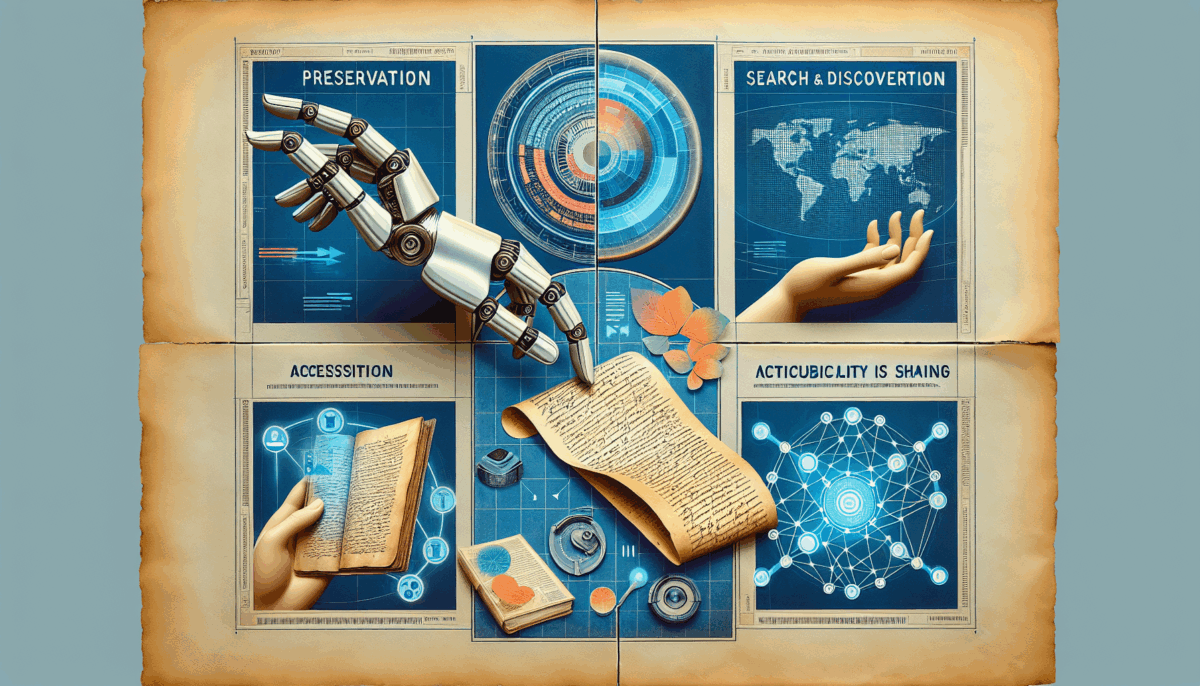National Archives Identifies Four Critical Areas for AI Attention
We independently review everything we recommend. When you buy through our links, we may earn a commission which is paid directly to our Australia-based writers, editors, and support staff. Thank you for your support!

Quick Overview
- The National Archives of Australia is prepared to implement AI across its operations.
- AI testing is anticipated to wrap up by late 2026.
- Primary AI focus areas: transcription, data description, access assessment, and search and discovery.
- AI aligns with Strategy 2025-2030 for enhanced collection management.
- $67 million funding received in 2021 for cyber security and record digitalization.
AI in Transcription
The initial area of focus for the National Archives is transcription. By converting digital records into text files, AI could greatly improve searchability, translation, and overall accessibility. This initiative aims to make Australia’s historical documents more available to the general public and researchers.

Improving Data Description
Enhancing metadata for records is another key focus. AI could assist in generating summaries, tagging, biometric identification, and image recognition. These developments are set to streamline data management and ensure records are reliably categorized and easily accessible.
Access Assessment
AI will also be employed for “access assessment” to evaluate data against exemption criteria specified in the Archives Act 1983 (Cth). This involves tools for peer evaluation, guardrail support, and keyword identification, ensuring sensitive data is managed appropriately.
Search and Discovery Enhancements
The potential influence of AI on the ‘search and discovery’ of digital media is profound. By evaluating AI models with publicly available records, the Archives intends to improve user engagement with their extensive collection, simplifying the process of finding relevant documents.
Conclusion
The National Archives of Australia is adopting AI technology to better manage its continuously expanding collection of digital records. By concentrating on transcription, data description, access assessment, and search enhancements, the Archives aims to boost accessibility and efficiently maintain its historical documents. Supported by significant government funding, these projects align with their Strategy 2025-2030 plan, intending to provide enriched access to Australia’s rich historical heritage.
